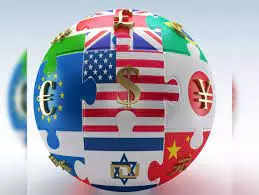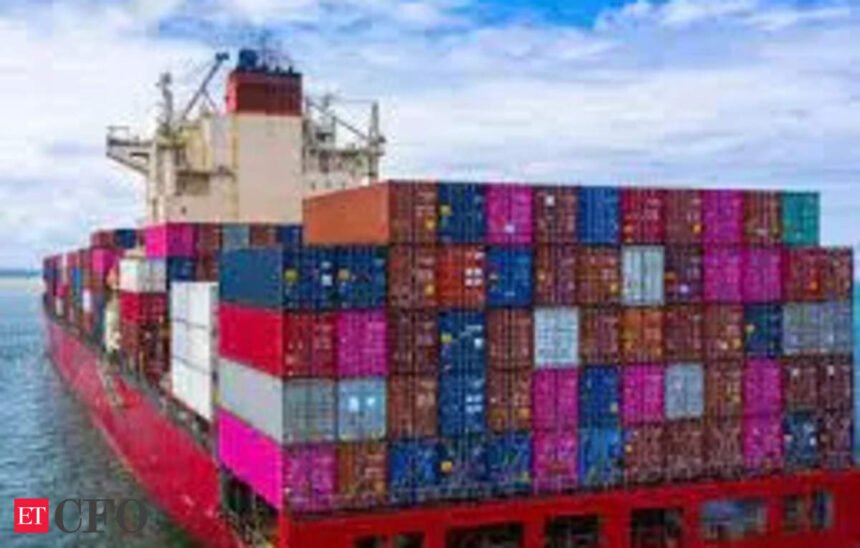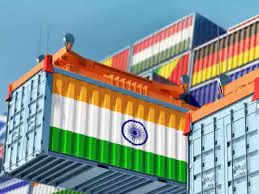India is the world’s ninth-largest economy based on the breadth of its merchandise trade, The DHL Global Connectedness Report 2024, a collaborative effort between DHL and New York University’s Stern School of Business.
The report places India at the 62nd rank out of 181 economies, considering global flows of trade, capital, information, and people in 2022. The country’s rank is attributed to the geographic reach of its international flows, placing 16th in breadth, and the size of its international flows relative to domestic activity, ranking 161st in depth. Remarkably, India ranks 9th worldwide concerning the breadth of its merchandise trade, showcasing the global reach of its exports and imports.
As the fastest-growing major economy globally, India is anticipated to play a pivotal role in globalisation‘s trajectory in the coming decades.
The report emphasises that India is the largest partner for combined trade, capital, information, and people flows for 10 countries, including the United Arab Emirates and Bangladesh. Additionally, India ranks among the top 10 largest partners for the combined flows of 60 countries. With India’s ongoing growth, the report anticipates the nation becoming a key partner for an expanding circle of countries, bringing promise for both global reach and domestic economic development.
The report suggests that trade growth has played a pivotal role in enhancing global connectedness. It notes that the share of global output traded internationally rebounded to a record high level in 2022. Although there was a slowdown in trade growth in 2023, the forecast predicts an acceleration in 2024. Information flows’ globalisation has been robust over the past two decades, with corporate globalisation rising as companies expand their international presence and increase sales abroad.
Singapore secured the top spot in global connectedness, followed by the Netherlands and Ireland. Notably, 143 countries experienced an increase in global connectedness, while only 38 witnessed a decline. Europe emerges as the world’s most globally connected region, trailed by North America and the Middle East & North Africa.

The report also sheds light on diminishing US-China ties, with both countries’ flows involving each other decreasing by about one-quarter since 2016. However, the analysis affirms that both countries remain significantly connected, surpassing almost any other pair of countries. The study further highlights the unprecedented drop in connectedness for Russia, resulting from its decoupling from Europe.
Contrary to speculations about a global shift from globalisation to regionalisation, the report asserts that such trends are not evident in international flow patterns. Most international flows are observed over stable or longer distances, with a declining share taking place inside major geographic regions. Notably, North America is the only region showing a clear shift towards more regionalised trade patterns.
It emphasized that deglobalisation is still a potential risk rather than a current reality. He urged recognition of the resilience of global flows and cautioned against a myopic focus on threats to globalisation, which could inadvertently fuel deglobalisation.
The DHL Global Connectedness Report, published since 2011, serves as a vital monitor of global movements involving trade, capital, information, and people.
(Editor’s Note is a column written by Amol Dethe, Editor, ET CFO. Click hereto read more of his articles exploring several buzzing topics.)












